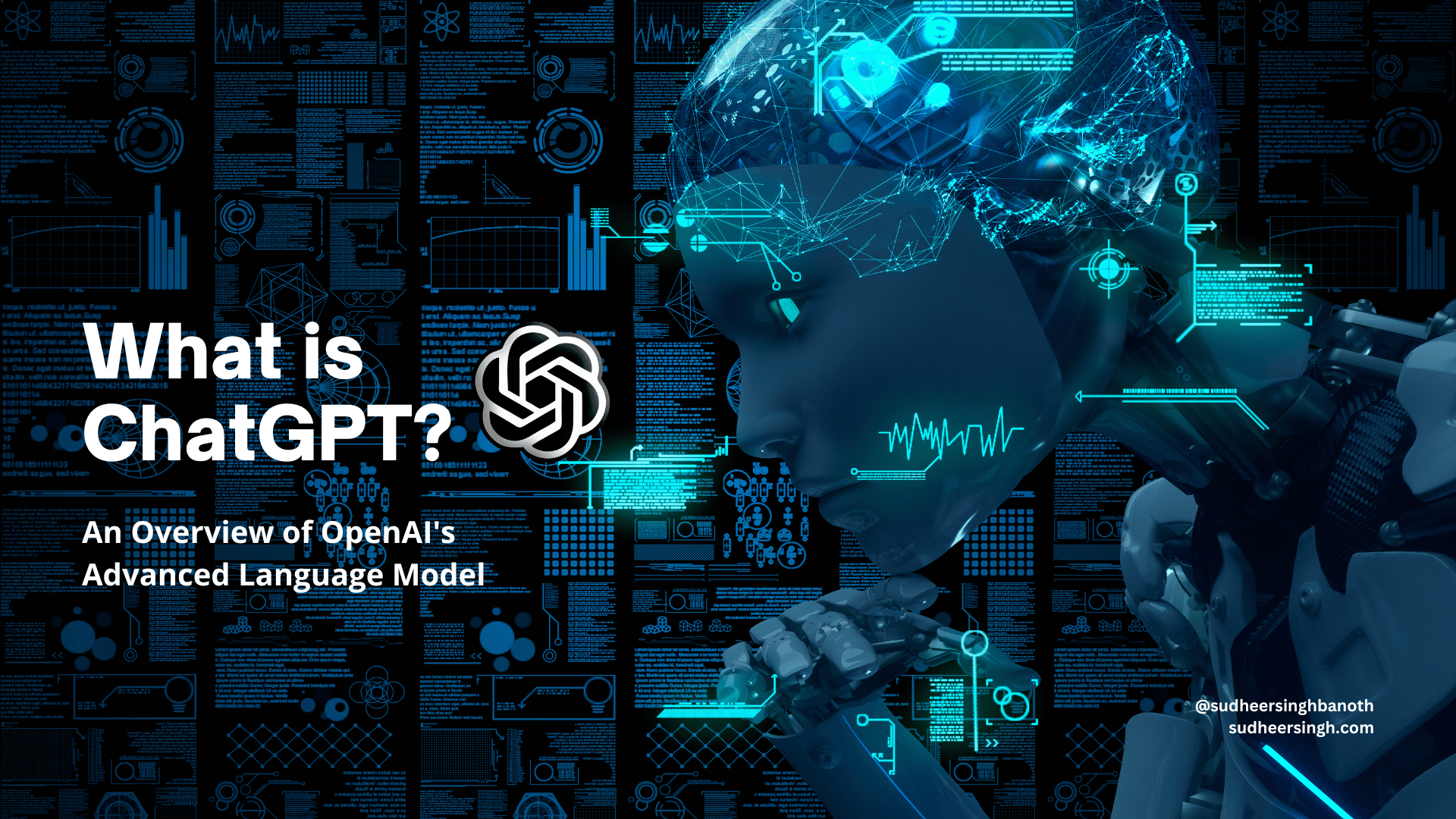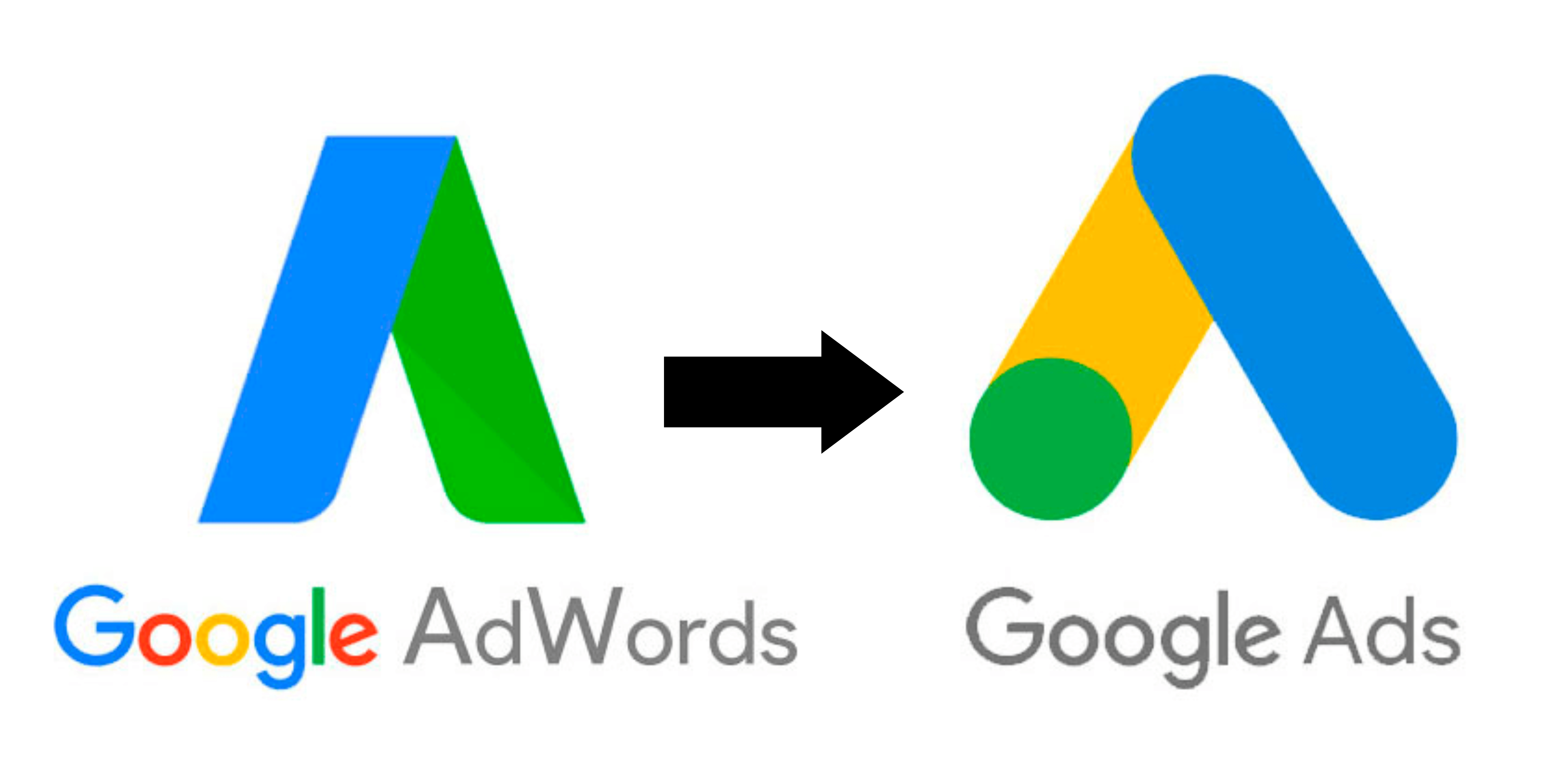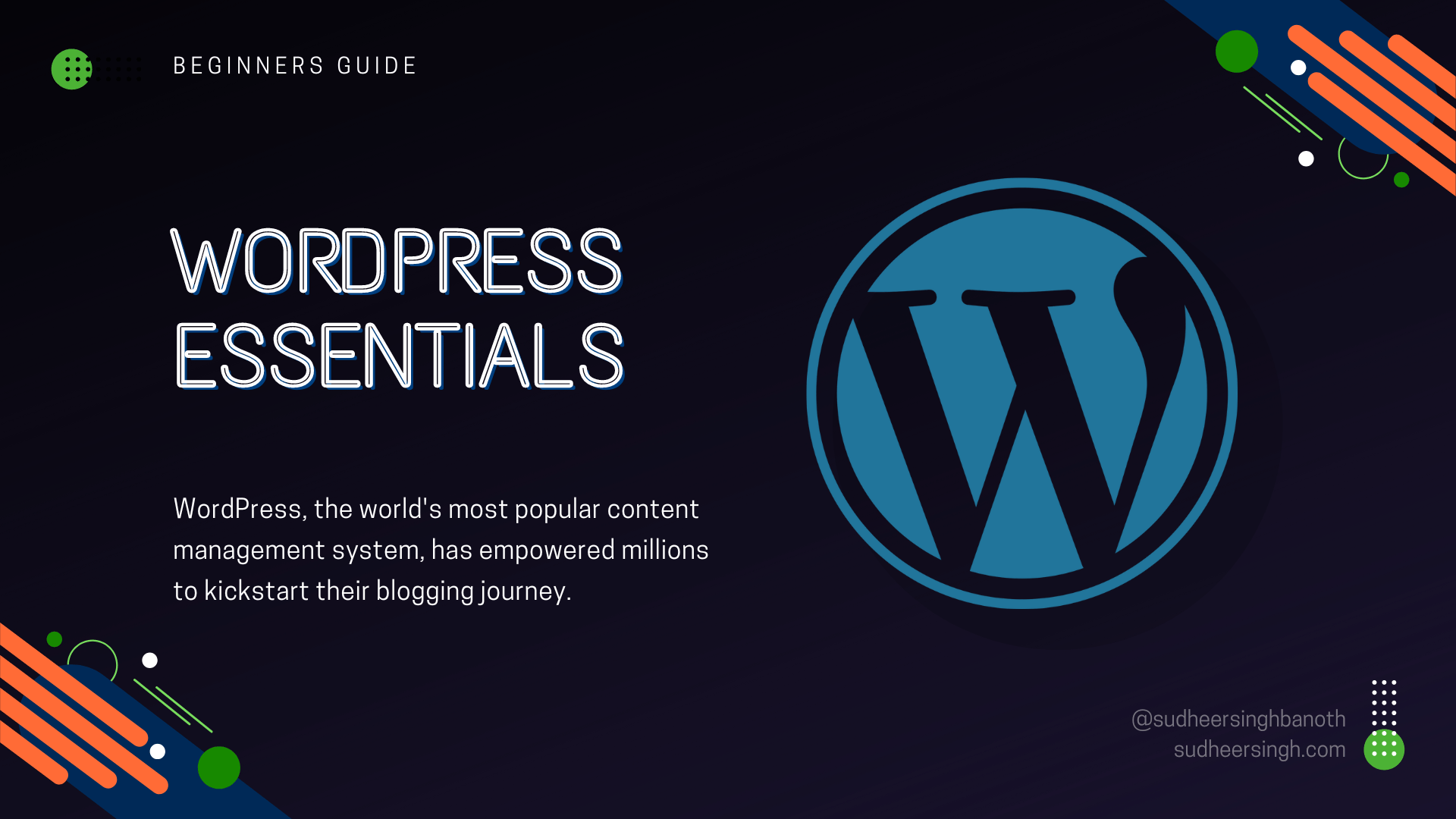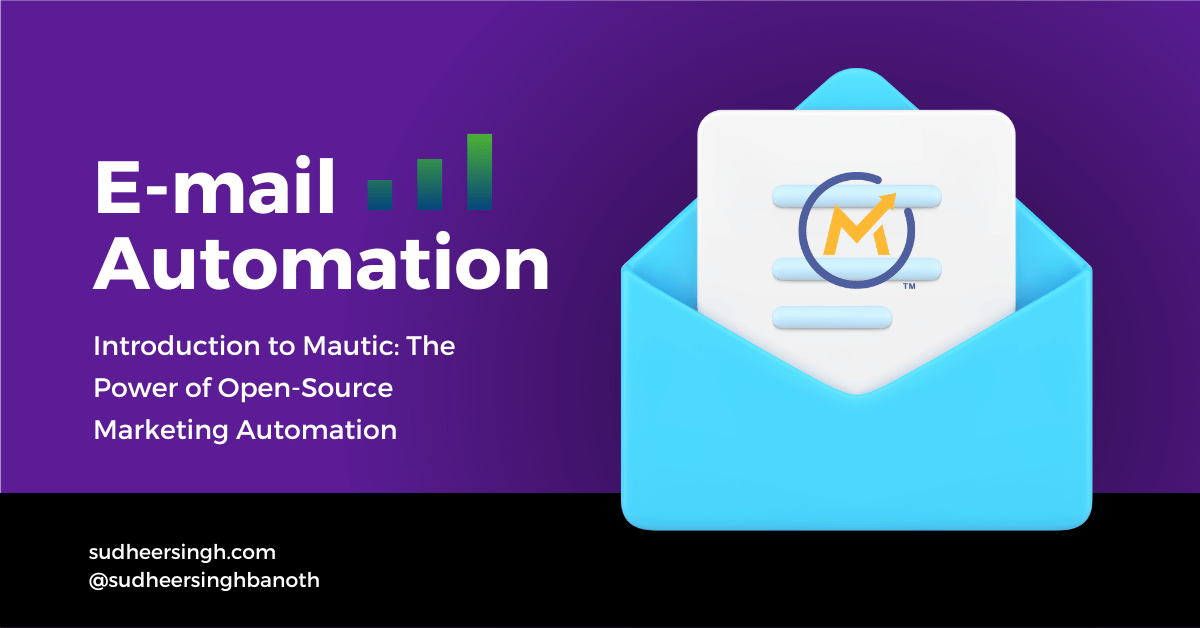
In the realm of artificial intelligence and machine learning, few entities have made as profound an impact as ChatGPT. Developed by OpenAI, this advanced language model has redefined the boundaries of human-computer interaction. But what is ChatGPT, and why has it become a focal point in the tech world? Let’s delve deeper.
Introduction to ChatGPT
ChatGPT, part of OpenAI’s Generative Pre-trained Transformer series, is a cutting-edge language model designed to comprehend and generate human-like text based on the input it receives. It represents a monumental leap in natural language processing (NLP), with applications ranging from chatbots to content generation.
Historical Context: The Genesis of GPT
OpenAI’s journey with the GPT (Generative Pre-trained Transformer) series began with GPT, followed by the more advanced GPT-2 and the widely recognized GPT-3. Each version was a progression, with enhanced capabilities and understanding. ChatGPT, often based on the latter versions of this series, is a testament to years of research and development.
How ChatGPT Works
1. Architecture:
At its core, ChatGPT uses transformer architecture. This structure, composed of attention mechanisms, enables the model to focus on different parts of the input text, ensuring a more nuanced response.
2. Training:
ChatGPT undergoes two main training phases: pre-training, where it learns from vast amounts of internet text, and fine-tuning, where it’s refined on narrower datasets, sometimes with human reviewers.
Applications of ChatGPT
1. Customer Support:
Many businesses use ChatGPT-driven chatbots to handle customer queries, providing quick and coherent responses.
2. Content Creation:
Writers and content creators use ChatGPT for brainstorming, drafting, and even content generation.
3. Gaming:
ChatGPT offers dynamic dialogues for video games, enhancing user experience with interactive and lifelike NPCs.
4. Education:
From answering student queries to aiding research, ChatGPT has found a place in academia.
ChatGPT’s Strengths and Challenges
Strengths:
Versatility: Its wide range of applications demonstrates its adaptability.
Scalability: Built to handle large-scale tasks, it caters to multiple industries.
Human-like Interactions: Its responses are often indistinguishable from a human’s.
Challenges:
Bias: Like all AI models, ChatGPT can sometimes exhibit biases present in its training data.
Over-generation: It can occasionally produce verbose or irrelevant output.
Ambiguity Handling: At times, it might not ask clarifying questions in the face of ambiguous queries.
The Ethical Considerations
OpenAI has been transparent about the ethical considerations surrounding ChatGPT. Ensuring that the model is used responsibly and that biases are minimized is a top priority. The team continuously refines the model based on feedback and has guidelines to prevent misuse.
The Future of ChatGPT and NLP
The rapid advancements in NLP signal a future where human-computer interactions become seamless. As ChatGPT and similar models evolve, we can expect more personalized applications, greater accuracy, and enhanced ethical considerations.
Conclusion
ChatGPT, a beacon of OpenAI’s prowess, is more than just a language model. It symbolizes the potential of AI, bringing us one step closer to a world where technology truly understands us. As we harness its capabilities, it’s imperative to navigate its challenges responsibly, ensuring a future where AI complements human endeavors.



